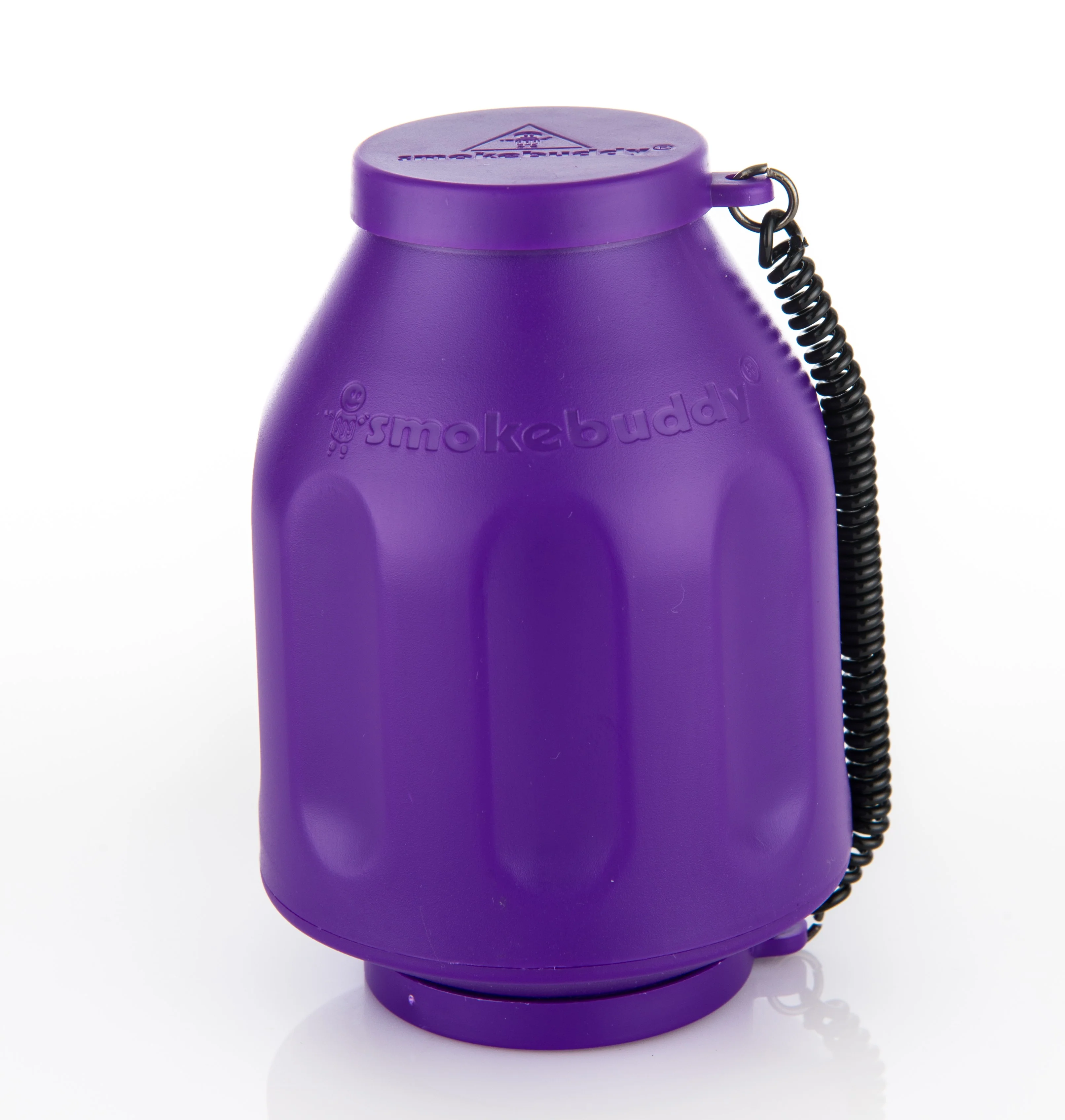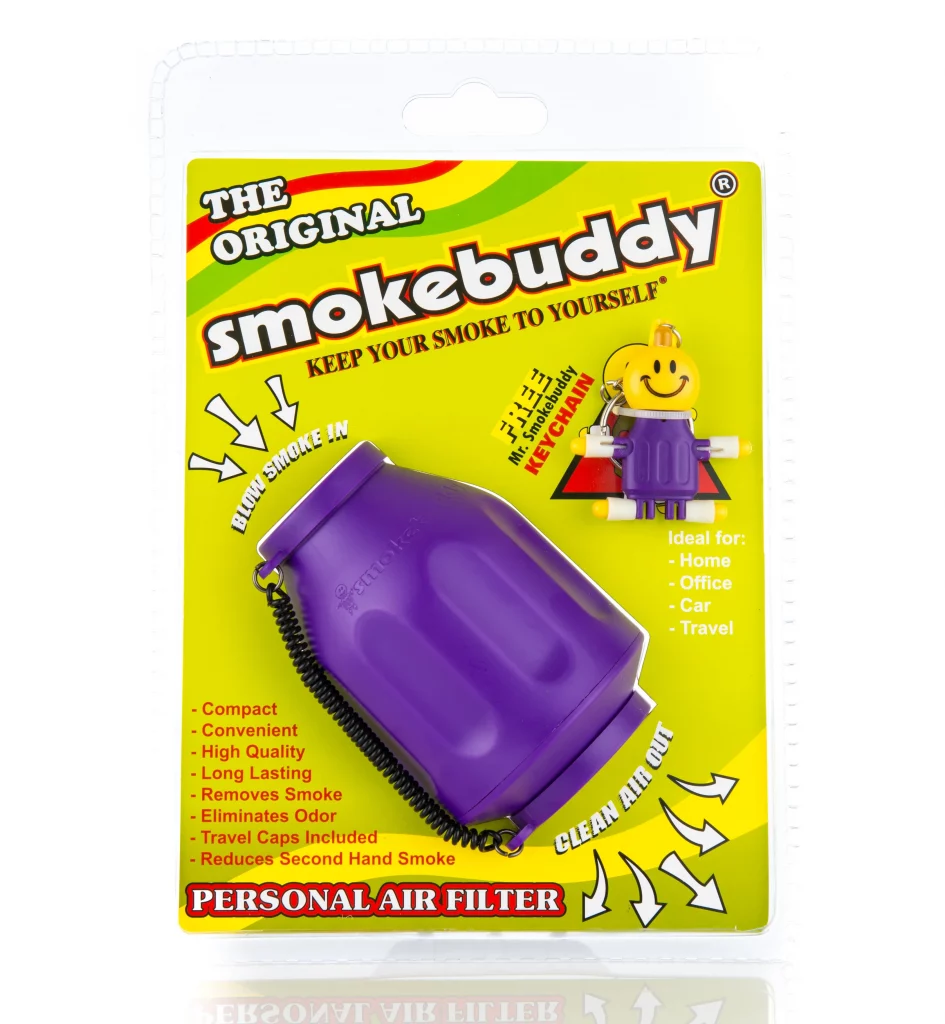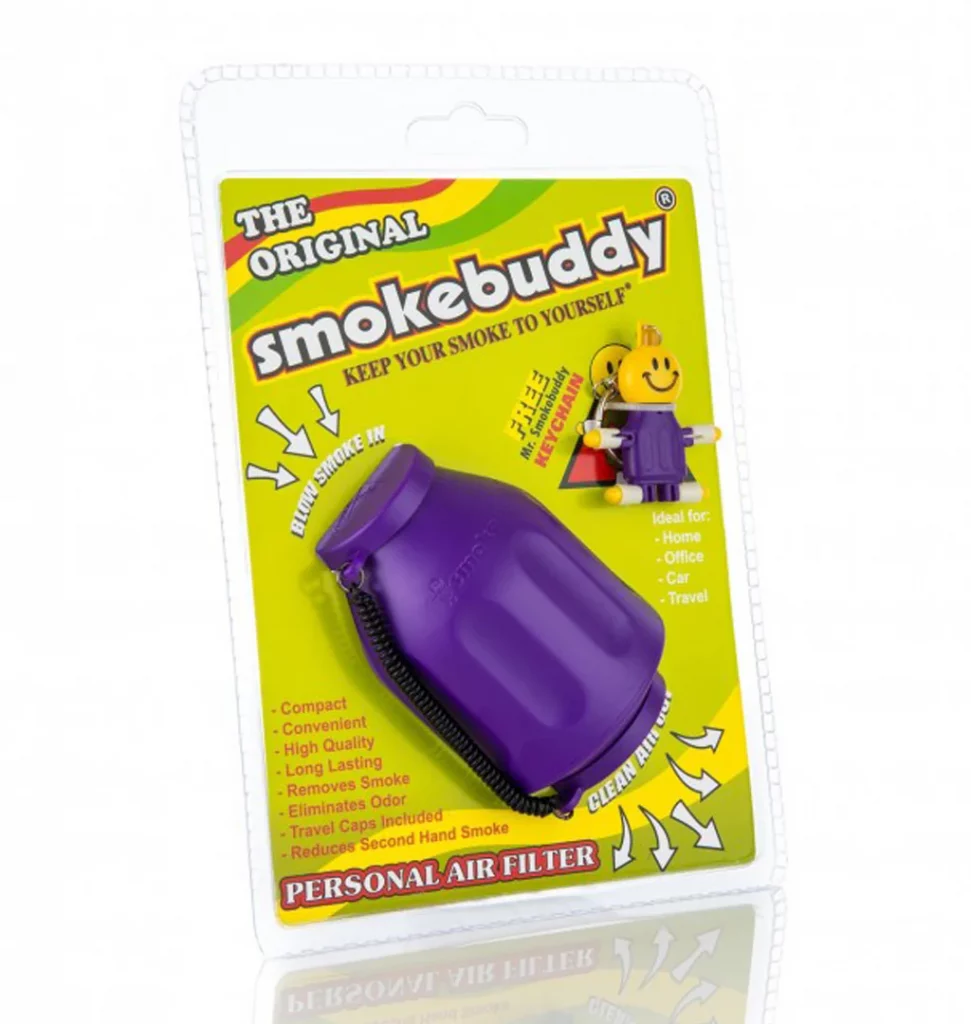Smoking Air Filters: Easy Do's and Dont's

Table of Contents
- Do: Hold Smoking Air Filters Properly for Maximum Effect
- Don’t: Overuse or Push Smoking Air Filters Beyond Their Limit
- Do: Exhale Slowly and Evenly Through Smoking Air Filters
- Don’t: Store Smoking Air Filters in Bad Conditions
- Do: Rotate Filters if Smoking Frequently
- Don’t: Ignore Directional Design
- Do: Check Filter Condition Regularly
- Don’t: Share Personal Filters During Sessions
- FAQs
Smoking air filters are a staple at every session where clean air and a chill vibe are a priority. The right smoking air filter not only keeps spaces fresher, it makes every hangout easier, smoother, and way more considerate to everyone around.
As awareness of sustainable smoking grows, so does the understanding that not every method or habit works the same way. Smoking air filters bring efficiency and respect to every setup, but using them correctly is key to getting the most out of every session.
Understanding the do’s and don’ts of smoking air filters helps keep every spot clean, keeps air quality high, and extends the life of the filter. Whether it’s about making a new filter last longer, keeping the session low-key, or making sure the environment gets some respect, knowing the right habits makes a huge difference.
Here’s how to level up with smoking air filters and sidestep the common mistakes.
Quick heads up before we go further: Smokebuddy and their top-notch air filters are a game-changer for anyone who wants to smoke discreetly and keep their surroundings clean. Even better, you can get 20% off your next purchase with code SLY25!
Do: Hold Smoking Air Filters Properly for Maximum Effect

Getting the grip right is crucial. Smoking air filters are designed to fit comfortably in the hand, making it easy to create a seal around the mouthpiece.
A snug but gentle grip ensures all smoke or vapor passes through the filter without escaping at the edges. Too much pressure can crimp the device and restrict airflow; too little means the filter isn’t doing its job, and leaks are guaranteed.
A correct hold means better filtration and a smoother session for everyone. Practice with the shape and size of the filter, especially with new designs or unfamiliar models. Over time, muscle memory kicks in, and the hand finds the right balance between control and comfort. That’s what makes every exhale feel natural and every session feel fresh.
Consistency is the key to making the most of any smoking air filter. Even after swapping devices or styles, always go back to a balanced grip. This habit preserves the structure of the filter and delivers the cleanest possible air, hit after hit.
Don’t: Overuse or Push Smoking Air Filters Beyond Their Limit
Every personal smoking air filter has a lifespan, no matter how tough the design. Using a filter past its prime leads to tight draws, weak filtration, and stale odors that start creeping back into the air. Overuse can also clog the device, forcing smoke to escape around the edges and undoing all the benefits of having a filter in the first place.
The smart move is to watch for resistance changes or a noticeable drop in filtration quality.
When exhaling feels harder or the air doesn’t come out as clean, it’s time to swap for a fresh filter. Keeping a backup ready ensures no session gets interrupted and every space stays at its best.
Stretching a filter beyond its limits is never worth it. Not only does it hurt the session, it risks damaging the filter permanently. Smarter habits mean better results and fewer headaches all around.
Do: Exhale Slowly and Evenly Through Smoking Air Filters
A smooth, steady exhale is the secret to maximizing the benefits of smoking air filters. Blasting air too quickly forces moisture, tar, and particles deep into the filter layers, causing faster clogs and shortening lifespan. On the other hand, a slow, controlled exhale gives the filter time to do its job, trapping smoke, odor, and residue before they ever reach the room.
Controlled breathing isn’t just good for the filter. It’s good for the lungs and for session quality overall. With practice, the rhythm becomes second nature, letting the device deliver pure, clean air every time. No need to rush, just let the filter handle the work.
Each filter has a sweet spot, and finding it helps everyone enjoy smoother, cleaner hits. This habit also prevents moisture buildup and keeps the filter fresh through multiple rounds.
Don’t: Store Smoking Air Filters in Bad Conditions
Storage matters more than most people think. Leaving smoking air filters in humid, dirty, or dusty spots leads to damaged materials, warped structure, or funky smells that transfer to every session. The best approach is to stash filters in cool, dry places, away from direct sunlight or messy environments. Using a small container or pouch keeps the filter clean, ready, and protected from accidents.
A well-stored filter lasts longer, tastes fresher, and always delivers the performance it was designed for. Careless storage can ruin even the best filters, leaving the group scrambling for a replacement just when it’s needed most.
Keeping gear in top shape is part of sustainable smoking. Every session starts better when the essentials are treated with a little care and respect.
Do: Rotate Filters if Smoking Frequently
For regular smokers, having more than one smoking air filter makes a huge difference. Rotating filters lets each device dry out, recover, and reset between sessions. This habit prevents moisture buildup, keeps airflow consistent, and extends the life of every filter in the lineup.
Having multiple filters on deck isn’t just a convenience. It’s an upgrade. Sessions never get interrupted by a clogged or overused device, and every filter gets a chance to shine. This approach also keeps flavors fresher and reduces the risk of odors lingering around.
Over time, this habit helps cut down on waste and ensures smoother, more enjoyable sessions every time the crew gets together.
Don’t: Ignore Directional Design

Most smoking air filters are engineered with a specific airflow direction in mind. Exhaling into the wrong side either blocks filtration or damages internal layers, making the device useless. Directional markers are usually easy to spot, look for arrows or indicators near the mouthpiece.
Testing the filter with a gentle breath helps confirm the correct side. When in doubt, always follow the device’s natural resistance: the right direction feels easy and smooth, while the wrong direction pushes back or clogs. Respecting this design ensures every hit is filtered and nothing escapes.
Getting this right from the start saves frustration, preserves the filter’s life, and keeps every session as discreet and clean as possible.
Do: Check Filter Condition Regularly
A quick inspection before each session pays off. Looking for signs of wear, such as discoloration, warped plastic, or resistance changes, helps catch problems before they mess up the vibe. A fresh filter always delivers smooth draws and strong filtration, while a worn-out one starts lagging behind.
Making filter checks part of the session routine means fewer surprises and more consistent air quality. The best filters are built tough, but regular use eventually wears down even the sturdiest design. Swapping before problems start is the move.
Filters that are past their prime should be replaced quickly to keep the session fresh and the air clean. Smart maintenance makes sustainable smoking feel effortless.
Don’t: Share Personal Filters During Sessions
Personal filters earn that name for a reason. Sharing filters spreads germs, messes with filtration quality, and throws off the personalized fit that comes with regular use. Each smoker’s breath, moisture, and pressure affect the filter differently, so mixing users shortens device life and risks session hygiene.
Everyone in the group should have their own filter for the best results. This habit keeps things clean, minimizes risk, and guarantees a personalized experience every time. In group settings, encourage friends to bring their own gear for the smoothest, safest session possible.
The community vibe is strongest when respect is shown for both the environment and each other.
FAQs
What are the main do’s for using smoking air filters?
Proper grip, controlled exhale, regular filter rotation, and smart storage are essential for keeping smoking air filters in top shape. Checking filter condition before each use also ensures optimal performance.
What are the biggest don’ts with smoking air filters?
Overusing filters, exhaling too forcefully, storing in poor conditions, ignoring directional design, and sharing personal filters are the main habits to avoid. These mistakes lead to lower air quality and shorter filter lifespan.
How often should a smoking air filter be replaced?
Replace filters as soon as airflow resistance increases, filtration quality drops, or visible wear appears. Frequent smokers may need to swap out filters more regularly for the best results.
Are smoking air filters suitable for all session types?
Smoking air filters work well for most indoor and outdoor settings, providing cleaner air and less odor in homes, cars, or public spaces. Their versatility makes them a staple for sustainable sessions.
Why is personal use important with smoking air filters?
Personal use maintains hygiene, preserves filtration quality, and extends the device’s life. Sharing filters increases wear and the risk of spreading germs.
